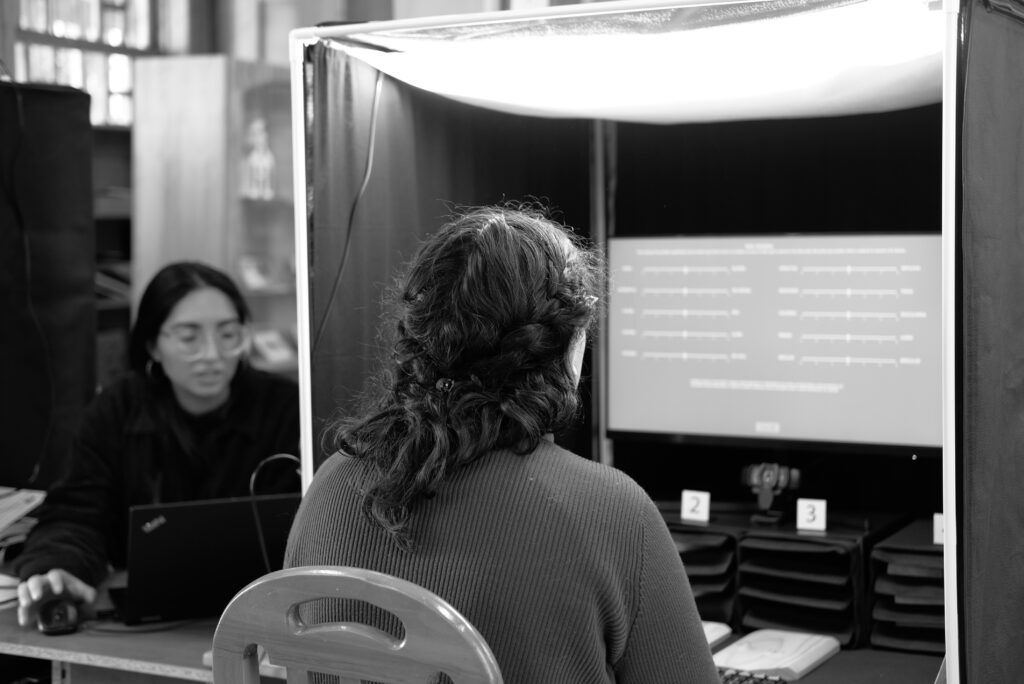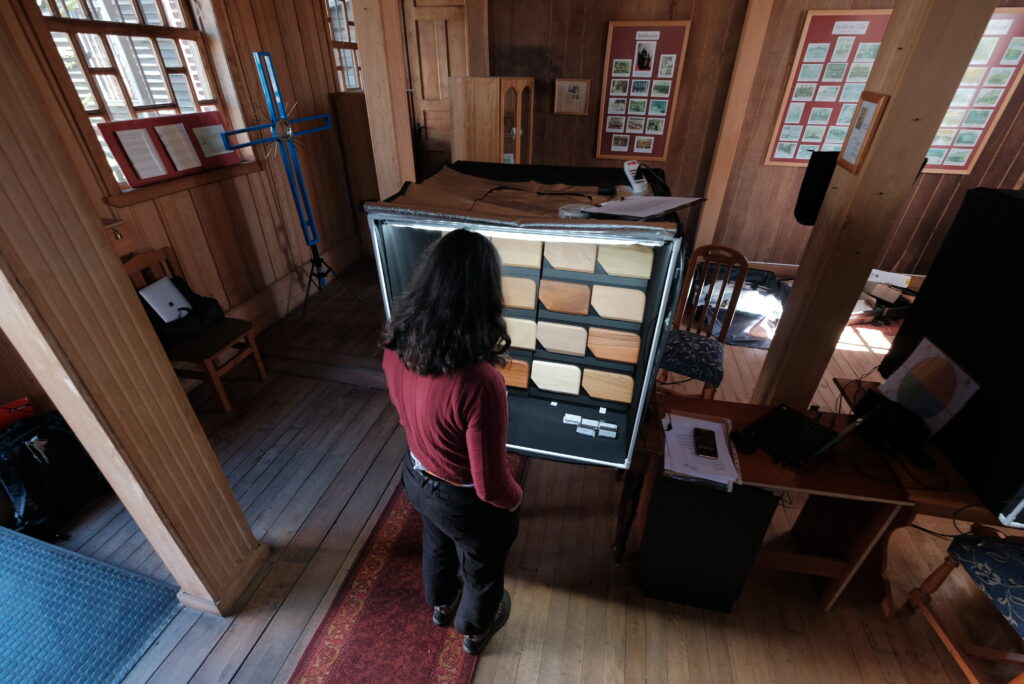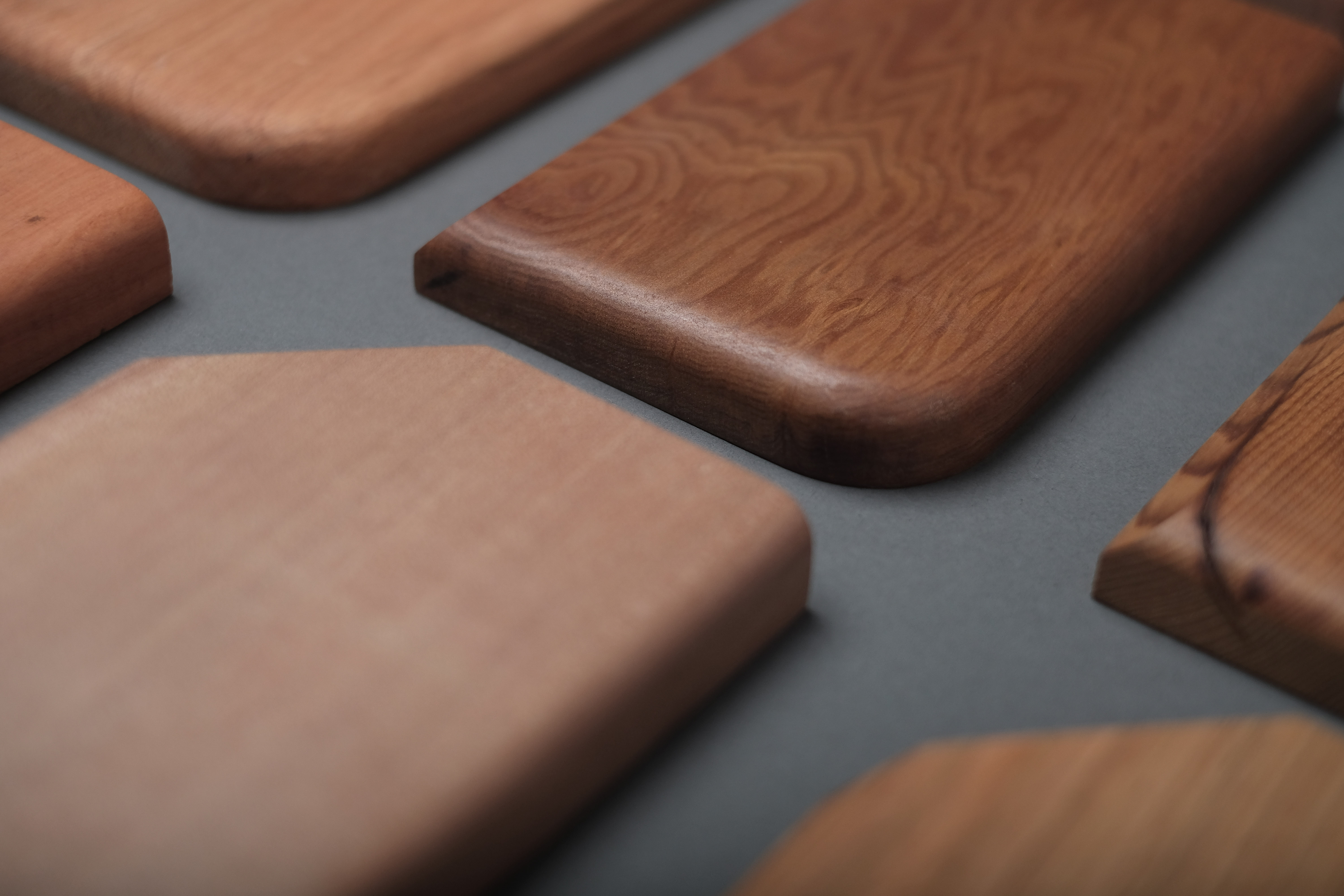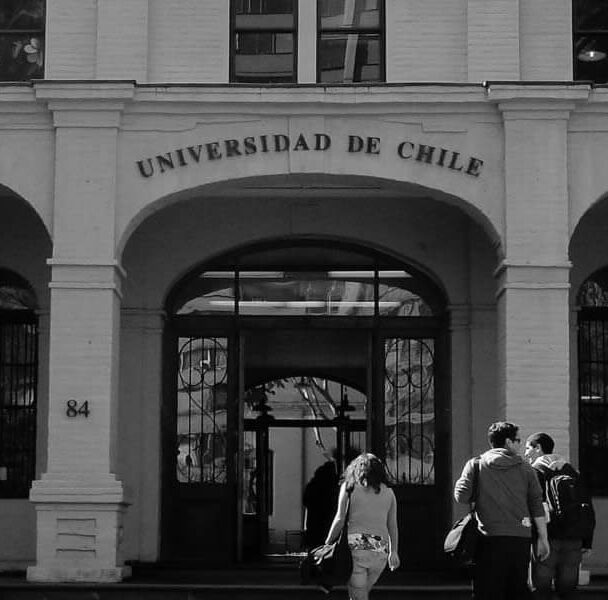
The initiative FONDECYT initiation 2019 n° 11190132 was conducted between 2019 and 2023 and was funded by the National Research Agency (ANID) of the Ministry of Science, Technology, Knowledge and Innovation of the government of Chile and its FONDECYT program. The lead researcher was Professor Dr. Rubén Jacob-Dazarola, as an academic at the Department of Design, Faculty of Architecture and Urban Planning at the Universidad de Chile. Currently he is also an academic in the Department of Design Engineering at the Universidad Técnica Federico Santa María, which in 2024 financed the translation of this website into English through its Research initiation program, code PA_INST_2024_6.

The project aimed to determine and enhance the value of Chilean native woods for the disciplines of Industrial Design, Product Design, Architecture, Interior Design and others, through the definition of the properties that go beyond the technical aspects (hardness, resistance, etc.), that is, of the qualities and characteristics that native woods possess in relation to perception, aesthetic experience, affections and emotions that people experience when they interact with these woods and that have been called “expressive qualities”.
For this purpose, methods and tools of the emotional or affective approach to Design were used, such as the “experiential characterization of materials”, which involves people interacting with the material directly and intentionally, capturing their subjective experience through surveys, interviews, questionnaires and also advanced biometric methods for measuring physiological responses to contact with wood, such as eyetracking, or analysis of facial expressions (facereading) using specialized equipment and software.






Through the definition and valuation of the expressive qualities of the most used Chilean native woods, and the identification of the affective responses that they elicit in people, it is possible to optimize the selection process by designers who seek to use these woods as material for their projects, so that this process not only considers their physical-mechanical properties, but also aspects related to the perception, emotions and experiences that people experience with native wood, thus contributing to the development of products that are more meaningful and closer to the motivations, expectations and desires of their users.
a. Do designers and manufacturers have a minimum level of knowledge about the intangible and perceptual attributes of materials and products? What is the level of awareness about their importance, definition and appreciation?
b. Is the development of innovative or more meaningful products optimized through the incorporation of these attributes?
c. Are the most commonly used methods and tools to evaluate these aspects successfully applicable in Chile? Which of them are the most appropriate in the local context?
d. Is it possible to establish a method and application protocols focused on the expressive-perceptual valuation of national native wood?
e. Is it possible, by developing this characterization, to contribute to the approach of future research processes that can develop and adapt these models and protocols to other materials in Chile?





